
Painting as tribute
Dear Artist, There are lots of reasons to paint. This morning’s inbox included about a…

Dear Artist, There are lots of reasons to paint. This morning’s inbox included about a…
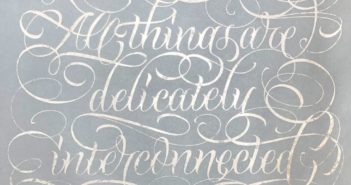
Dear Artist, Beneath a cloud of awareness that people are suffering because of COVID-19, artists…
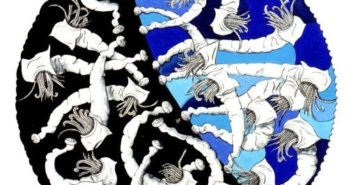
Ever since I was a kid I’ve been interested in the nature of creative thinking. Where does it come from? Can it be learned? Can it be taught? I’ve been curious about my own periods of creative intuition and creative ineptitude. I’ve also been interested in the difference between “wild child” creativity and mature creative self-management.
Most of our creativity takes place in the right back corner of our brains. In addition, many folks are able to toss the creative ball both fore and aft and port and starboard.
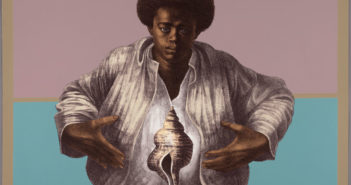
While taking a turn in the garden yesterday, I discovered the tiny, pricked egg of a song sparrow in the grass. Too small to have been made by the chick, the pinhole must have come from another, predator bird in search of a smoothie. “Hopefully his siblings had success,” said a friend, when I sent her the image. With all of us in our individual rooms, the now all-day polyphony of happy birds in the garden tells me she’s right.

Some artists report periods of general anxiety that come and go during their careers. The condition may include heart palpitations, sleeplessness, panic attacks, depression and feelings of inadequacy. While some of these are just part of living, they can also be brought on by the insecure and sometimes difficult nature of the artist’s life. There’s that nagging fear that work is not coming up to expectations. There can be fear of change as well as fear of stagnation. Fact is that shadowy fears and tensions can block creativity, interfere with productivity, and drag down quality.
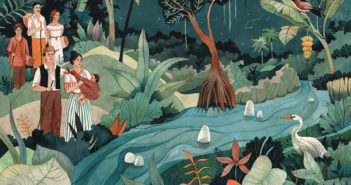
A childhood friend messaged, “How’s your creative process doing at this time?” I replied that I hadn’t heard a single complaint from an artist about self-isolation, myself included. What I’d noticed instead were artists experiencing a collective, organic re-assessment of what their work means and their art’s purpose. I’d been reading about a guru who’d suggested that whoever we were before the pandemic would only be magnified during self-isolation. I thought perhaps the same could be said for our work, or maybe the crisis would instead crack open a global, creative breakthrough. In art, these breakthroughs can be total reinvention or a leap from the springboards we’ve been building. Here are a few ideas:
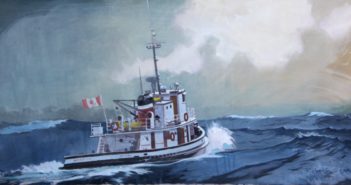
Dear Artist, Yesterday, Kelly Borsheim of Cedar Creek, Texas, wrote, “I’ve been struggling with a…

In art critic Jerry Saltz’s recent dirge for the art world, he welcomes the return of art made at the kitchen table. “For now, there aren’t big studios, dozens of artist assistants working on one artist’s work, whole staffs keeping track of it all,” writes Jerry. Instead, he says, art is retreating to domestic spaces — in the fray with cooking and children and laundry and gardening, and being made by hand by one person at a time. “This is how our species made most things over the last 50,000 years. Creativity was with us in the caves; it’s in every bone in our bodies.”